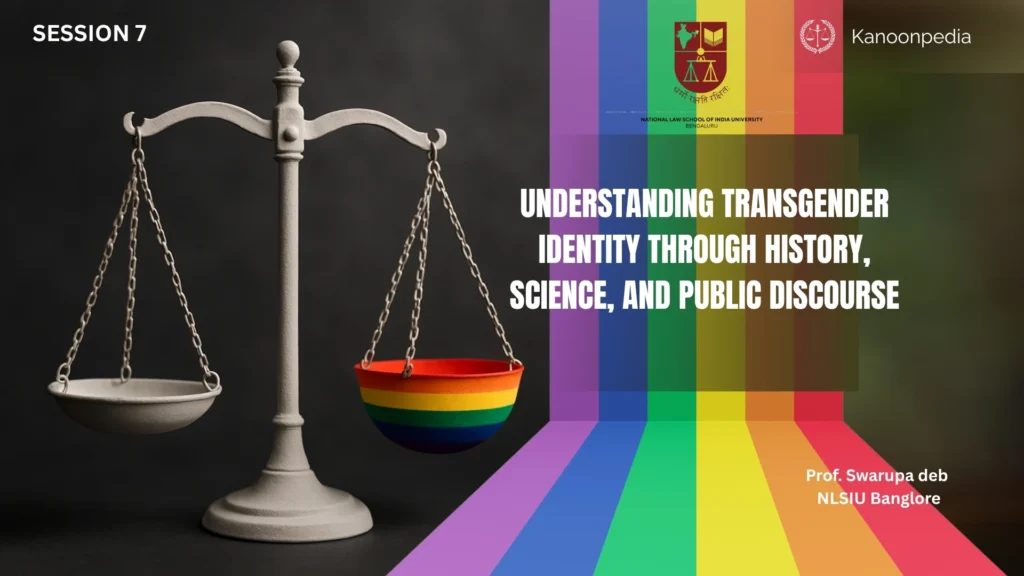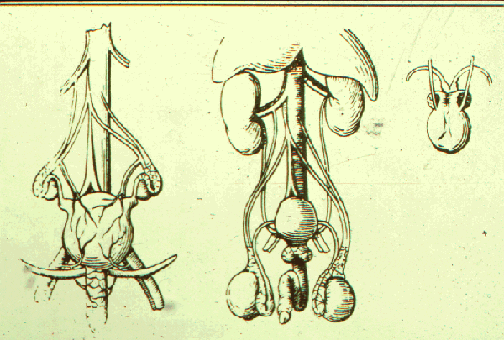Key takeaway: The evolving discourse on transgender identity reveals how scientific, medical, and cultural understandings have shaped social attitudes and rights, highlighting the necessity of challenging binary sex models and ethnocentric biases for more inclusive frameworks.

Table of Contents
Introduction
The study of transgender identity is deeply intertwined with history, science, and public discourse. Over the past two centuries, shifts in medical knowledge, cultural practices, and activism have expanded and complicated how societies understand gender variance beyond the male-female binary. This blog explores the invention of binary sex models, the role of science and medicine in shaping transgender identities, and the political significance of transgender visibility, drawing primarily from Susan Stryker’s “100 Years of Transgender History” and other critical sources. Through this exploration, readers will gain a nuanced understanding of how transgender identity has been constructed, contested, and lived across time.
The Invention of Binary Sex and Its Impact on Transgender Identity
Historian Thomas Laqueur’s research traces the shift from a unisex body model to a binary sex model over two millennia.
- In ancient and medieval Europe, male and female were viewed as variations of one sex rather than fundamentally separate categories. The female body was understood as an interiorized version of the male body—for example, the vagina was conceptualized as an inside penis.
- This unisex model saw the sexes as sharing characteristics differentiated mainly by degrees of heat or temperament, embedded in a broader humoral theory of human nature.

However, by the late 18th and early 19th centuries, Enlightenment anatomists challenged this model. Jacques Louis and others argued firmly for the distinctiveness and opposition of male and female bodies in every anatomical respect. This scientific shift was not merely medical but deeply political: it reinforced social roles and expectations by positing fixed biological differences.
- The invention of the binary sex model established a rigid framework for categorizing bodies and gender roles, constraining how people understood natural variation and transgender identity.
- This binary also marginalized those who did not fit neatly within male or female categories, forcing them toward invisibility or pathologization.
Medicine, Science, and the Regulation of Transgender Identity
In the 19th and 20th centuries, the development of medical science became a key instrument in defining what was considered normal or pathological regarding gender and sexuality.
- Medicine’s authority was used to regulate transgender bodies, often justifying oppressive social hierarchies. Biological theories wrongly labeled transgender and homosexual individuals as degenerate or ill needing correction or elimination.
- Notably, Magnus Hirschfeld, a pioneering doctor and advocate in the early 20th century, introduced the concept of “sexual intermediaries,” recognizing the complexities and variations of sex characteristics, erotic preferences, and identities. His work laid an early foundation for transgender studies but was violently suppressed under Nazi Germany.
The medicalization of transgender identity has had a dual nature:
- On one side, it enabled access to certain treatments and social recognition under a framework of mental illness (e.g., “gender dysphoria” diagnosis).
- On the other, it restricted self-definition by diagnosing transgender identity as a medical or psychiatric disorder.
Figures such as Jennie June also worked early in the 1900s to articulate transgender experiences to both medical professionals and the public, emphasizing the legitimacy and humanity of transgender people despite prevailing prejudices.
The Rise of Transgender Visibility and Rights: Public Figures and Movements
The mid-20th century saw critical moments in transgender visibility that transformed public perceptions:
- Christine Jorgensen’s highly publicized gender confirmation surgery in 1952 marked a turning point, thrusting transgender issues into worldwide awareness and igniting debates about gender, masculinity, and womanhood.
- Alongside this emergence, activists like Virginia Prince founded support networks such as the Foundation for Personality Expression, emphasizing distinctions between transgender identity, homosexuality, and intersexuality.
These developments helped define the terms of identity politics, emphasizing personal rights, medical access, and social recognition. However, they also sometimes reinforced narrow definitions of transgender identity based on physical transition or medical treatment.
The Complex Intersection of Science, Culture, and Identity in Transgender Discourse
The history of transgender identity reveals how science and culture are deeply entangled:
- Scientific discoveries often reflect cultural and political biases, as seen in the invention of binary sex models, which conflated biology with social order.
- Medical authority, wielded over bodies and identities, has alternately oppressed and enabled transgender people.
- Public discourse and activism create new spaces for self-definition, challenging medicalized frameworks without fully escaping them.
Understanding this history is essential to grasping contemporary transgender issues. It compels us to question assumptions about sex, gender, and identity that remain embedded in laws, medicine, and everyday social life.
Conclusion
The narrative of transgender identity is not simply a story of medical progress or social acceptance but a complex journey shaped by scientific paradigms, cultural contestations, and political activism. From the historical construction of binary sex models to the rise of transgender rights movements, this journey underscores the importance of moving beyond rigid binaries and medical pathologization. Doing so opens up space for more inclusive, diverse, and empowering understandings of gender and identity rights worldwide.
Practice Questions
What were the main features of the pre-Enlightenment unisex body model, and how did it differ from the binary sex model developed later?
The unisex model saw male and female bodies as variants of one sex, differing mainly in degree (such as heat), with female genitalia viewed as internal versions of male organs. The binary model posited clear, opposite anatomical differences foundational to social roles.
How did Magnus Hirschfeld’s concept of “sexual intermediaries” challenge prevailing views of gender and sexuality?
Hirschfeld’s “sexual intermediaries” recognized a spectrum and complexity in sex characteristics, dispositions, and identities, opposing rigid binaries and pathologization, thus pioneering a more fluid understanding of gender and sexuality.
In what ways did Christine Jorgensen’s public gender confirmation surgery influence transgender visibility and identity politics?
Jorgensen’s surgery brought unprecedented attention to transgender issues, highlighting the power of medical technology to alter bodies and challenge societal gender norms, sparking both anxiety and admiration, and helping frame evolving transgender rights and identity politics.
Read further : Supriyo vs Union of India 2023